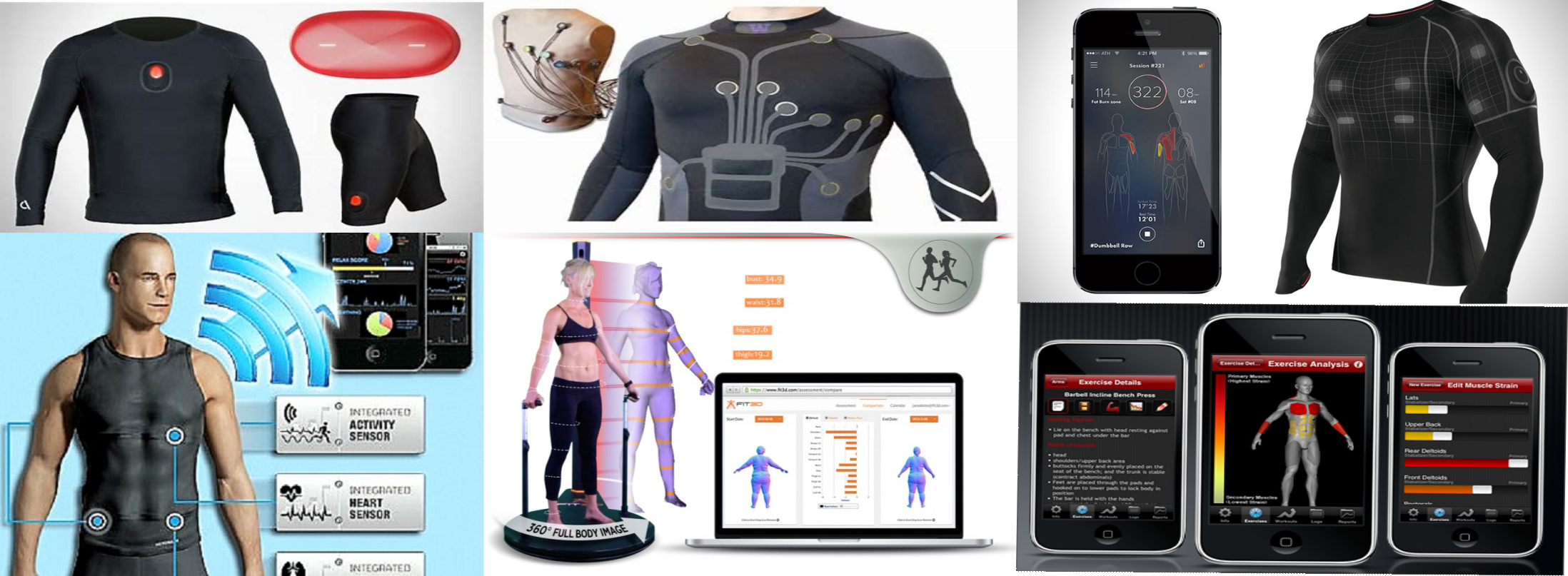SMART ELECTRO CLOTHING SYSTEM(SECS)
2nd place winner at a technical event (kaushalya-2022 organised by V.M. Salgaocar College of Law, Miramar, Panjim-Goa.)

As a computer science engineering student, I have always been fascinated by the potential of technology to solve real-world problems. When I met my electronics engineering counterpart, we quickly realized that we shared a passion for using technology to create innovative solutions for high-risk jobs.
We decided to collaborate on a project that would benefit workers in hazardous work environments, such as miners and construction workers. After extensive research and testing, we developed the Smart Electo Clothing System - a clothing system that incorporates electronic sensors and components into clothing items to improve safety and performance in high-risk jobs.
The Smart Electo Clothing System can be customized to suit the needs of different workers. For example, miners can use sensors to detect hazardous gases and dust, while construction workers can use sensors to monitor their vital signs and prevent accidents due to exhaustion. The system can also incorporate lights, sounds, and vibration motors to provide sensory feedback to the user.
One of the key benefits of the Smart Electo Clothing System is that it allows for real-time monitoring of worker safety and performance. This information can be transmitted wirelessly to a central monitoring system, allowing supervisors to detect potential safety issues and take corrective action before accidents occur. This can help to reduce the number of accidents and injuries in high-risk work environments.
As an electronics engineering student, my counterpart was responsible for designing the electronic components of the Smart Electo Clothing System. He ensured that the system was highly efficient, with low power consumption and a long battery life. He also designed the wireless charging system, making it easy and convenient for workers to charge their clothing items.
As a computer science engineering student, my role was to develop the software and user interface for the Smart Electo Clothing System. I worked to ensure that the system was easy to use and provided workers with the necessary information to monitor their safety and performance.
To address these challenges, we developed the Smart Electo Clothing System. The clothing system incorporates electronic sensors and components into clothing items, allowing workers to monitor their vital signs and other physiological parameters in real-time. The system can also incorporate lights, sounds, and vibration motors to provide sensory feedback to the user, helping them to stay alert and focused on their work.
One of the key benefits of the Smart Electo Clothing System is that it can be customized to suit the needs of different workers and work environments. For example, miners can use the system to monitor their vital signs and oxygen levels while working underground, while construction workers can use it to stay visible and communicate with each other on noisy job sites.
Another benefit of the Smart Electo Clothing System is that it is highly efficient and can be powered using low-energy components. This means that workers can use the system for extended periods without needing to recharge or replace batteries, reducing downtime and increasing productivity.
As computer science and electronics engineering students, we were able to combine our expertise to create a system that is both functional and user-friendly. We worked closely with workers in high-risk jobs to understand their needs and develop a system that meets their requirements. We also placed a strong emphasis on the design of the clothing items, ensuring that they are comfortable and durable while still incorporating the electronic components seamlessly.
In conclusion, the Smart Electo Clothing System project is an innovative solution that can improve safety and efficiency for workers in high-risk jobs. By incorporating electronic sensors and components into clothing items, workers can monitor their vital signs and other physiological parameters in real-time, while also staying visible and communicating effectively with each other. As computer science and electronics engineering students, we are proud to have developed a system that can make a real difference in the lives of workers in hazardous environments.

